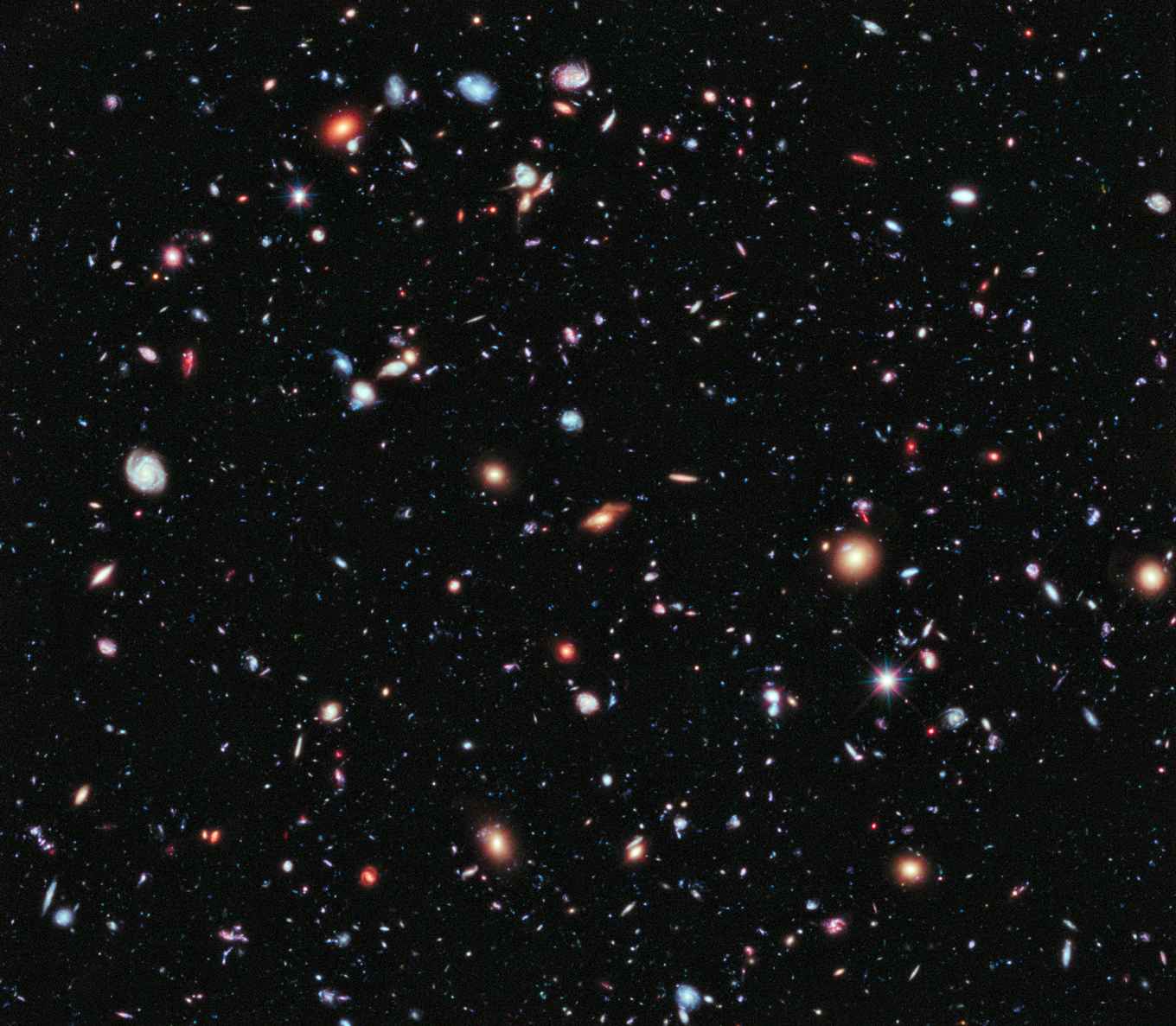ENW-KLEIN for Marcel Vonk: Solving unsolvable problems
2 December 2019

The NWO Domain Board Science has awarded a total of twenty applications in the Open Competition Domain Science-KLEIN. The competition is broad - besides Vonk’s proposal about mathematical physics, other proposals were awarded on themes varying from research into new algorithms for the analysis of gigantic networks to the energy-efficient conversion of nitrogen. The KLEIN grants are intended for innovative, high-quality, fundamental research and studies involving matters of scientific urgency. The grant allows Vonk to employ a PhD student as part of the research project.
Solving unsolvable problems
The mathematical problems that physicists encounter can rarely be solved exactly. Often, numerical techniques are used, but these do not always lead to a good understanding of the constructed solution. The relatively new mathematical technique of resurgence provides a better instrument for solving such problems while preserving the structure of the problem. In Vonk's project, the resurgence technique will be developed further and it will be applied to unresolved questions about the origin of the universe, such as the understanding of its large scale structure and a better description of the very first moments after the big bang.